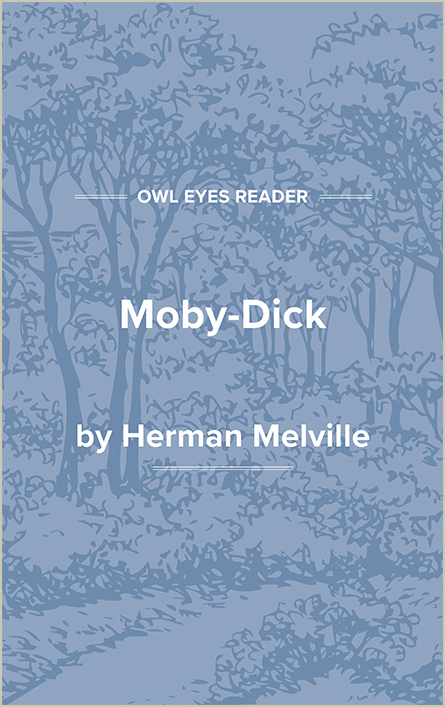Analysis Pages
Tone in Moby Dick
Tone Examples in Moby Dick:
Chapter 1 - Loomings.
🔒"Yes, as every one knows, meditation and water are wedded for ever...." See in text (Chapter 1 - Loomings.)
"Circumambulate the city of a dreamy Sabbath afternoon...." See in text (Chapter 1 - Loomings.)
"I go as a simple sailor..." See in text (Chapter 1 - Loomings.)

